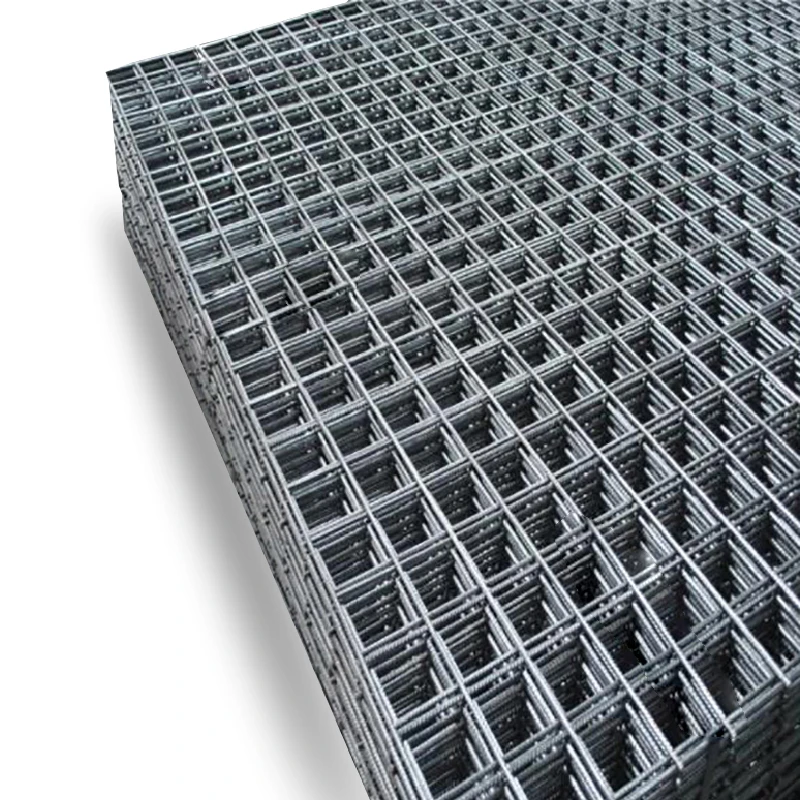Dec . 23, 2024 21:57 Back to list
Different Varieties of Fencing for Livestock Management and Protection
Types of Livestock Fencing An Overview
When it comes to raising livestock, one of the most critical components of successful animal husbandry is having an effective fencing system. Not only does proper fencing help keep your animals contained and secure, but it also serves to protect them from predators, prevent unwanted animals from entering the pasture, and minimize the risk of escape and potential accidents. There are several types of livestock fencing available today, each with unique characteristics, benefits, and applications. This article will explore some of the most common types of livestock fencing to help you decide the best option for your farming needs.
1. Barbed Wire Fencing
Barbed wire fencing is one of the oldest and most widely used types of livestock fencing. It consists of two or more strands of wire with sharp barbs at intervals along the wire. This type of fencing is known for its strength and durability, making it suitable for containing larger livestock, such as cattle and horses. Barbed wire is relatively inexpensive compared to other fencing options, but it can pose injury risks to animals. Proper installation and maintenance are essential to minimize those risks.
2. Electric Fencing
Electric fencing has gained popularity in recent years due to its effectiveness and versatility. This type of fencing usually consists of one or more strands of wire that carry an electric current, designed to deter livestock from attempting to breach the barrier. Electric fencing is particularly useful for containing animals like sheep and goats, which are known for their ability to escape. Moreover, it can be portable, allowing farmers to create temporary pastures. However, caution is required, as electric fencing can pose dangers if not properly installed or maintained.
Wooden fencing is aesthetically pleasing and provides a sturdy barrier for livestock. There are various styles of wooden fencing, including post-and-rail, board fences, and split-rail fencing. Wooden fences are often employed for containing horses and other larger animals due to their strength and stability. However, wooden fencing can be more expensive than other types, requiring regular maintenance to prevent rot and deterioration.
4. Welded Wire Fencing
types of livestock fencing

Welded wire fencing consists of horizontal and vertical wires that are welded together at each intersection, creating a grid-like pattern. This type of fencing is particularly effective for smaller livestock such as pigs, sheep, and goats. The tightly spaced wires help prevent animals from escaping while also keeping predators at bay. Welded wire fencing is durable and requires less maintenance than wooden fencing, making it an excellent choice for many farmers.
5. Farm Fencing (Field Fencing)
Farm or field fencing typically consists of a continuous line of wire with a combination of smaller openings at the bottom and larger openings towards the top. This design effectively contains medium to large livestock, such as cattle and horses, while preventing smaller animals from escaping. Field fencing can be made from various materials, including wire and plastic, allowing for more flexibility in terms of budgets and needs.
6. Vinyl Fencing
Vinyl fencing is a modern option that offers both durability and visual appeal. Unlike wooden fences, vinyl does not require painting or staining and is resistant to fading, rot, and pests. It can effectively contain livestock while providing a clean and attractive appearance, making it popular for both farms and residential properties. However, vinyl fencing can be more costly upfront than other options, and installation challenges may arise due to its rigidity.
7. Chain Link Fencing
Chain link fencing provides a secure enclosure for livestock and is known for its durability and affordability. This type of fencing consists of interlocking steel wires, which form a diamond pattern. While chain link fencing is commonly used in urban environments, it is also effective for containing livestock in rural settings. However, it lacks the aesthetic appeal of wooden or vinyl fencing and may require additional measures to prevent animals from digging under the fence.
Conclusion
Selecting the proper livestock fencing is crucial for anyone engaged in animal husbandry. Each type of fencing has its advantages and disadvantages, and the right choice will depend on various factors including the type of livestock being raised, budget constraints, and the specific layout of the farm. As always, investing in quality materials and proper installation and maintenance will ensure the safety and well-being of your livestock while enhancing the overall efficiency of your farming operations.
-
Reinforcing Mesh: Core Material of the Construction Industry
NewsJul.07,2025
-
Welded Wire Fabric Reinvented for Modern Projects
NewsJul.04,2025
-
Superiority of Stainless Steel Woven Mesh
NewsJul.04,2025
-
Key Types of Razor Wire and Their Applications
NewsJul.04,2025
-
Durable Metal Fence Types for Security
NewsJul.04,2025
-
Best Materials for Livestock Fence
NewsJul.04,2025
products.







